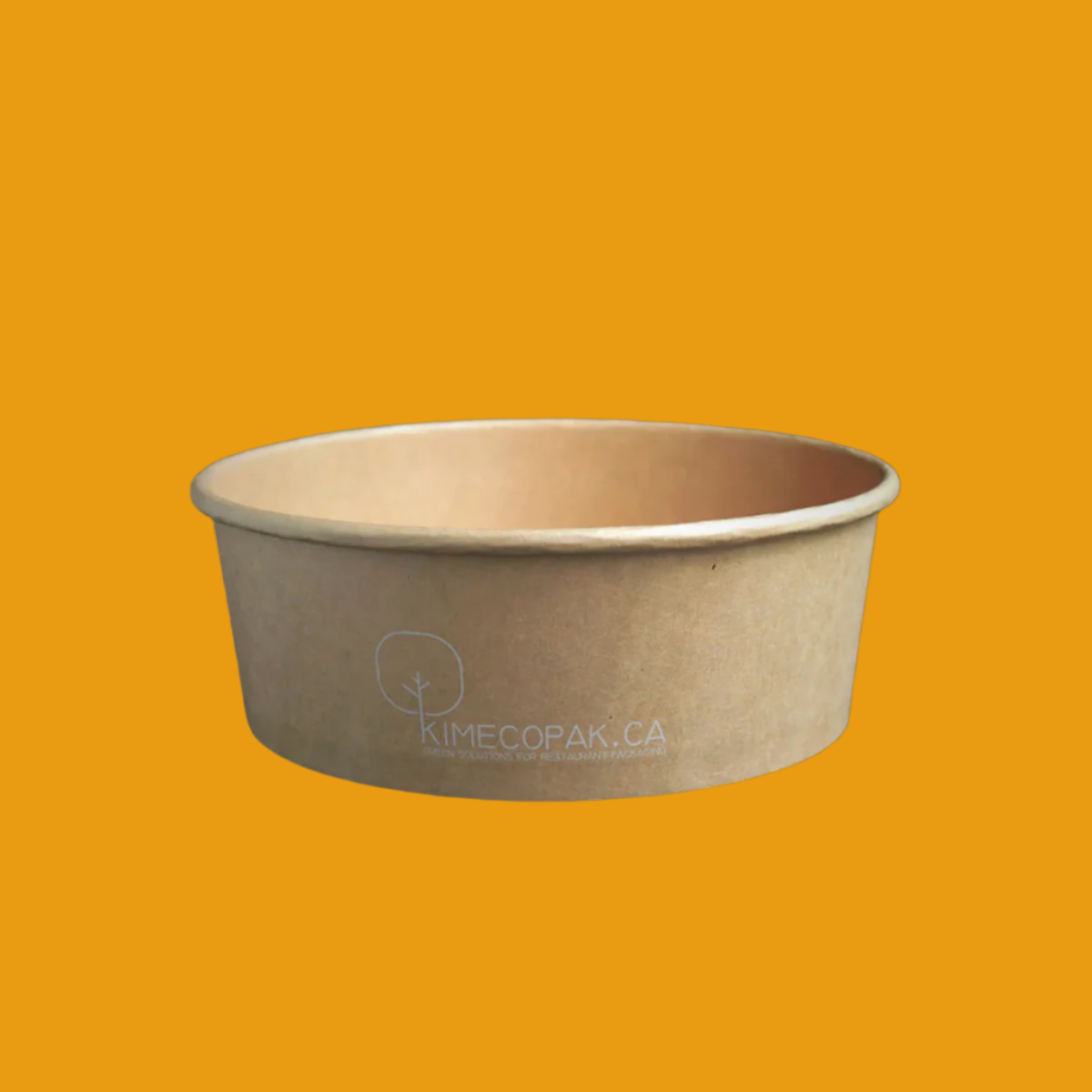Restaurant interior design plays a crucial role in shaping how customers experience your space, from their first impression to their last bite. Whether you're running a cozy café or an upscale eatery, thoughtful design enhances ambiance, reinforces your brand, and can even influence how long guests stay and how often they return.
- Wine Bar Design Ideas: How to Build a Stylish, Sustainable, and Profitable Wine Space
- Fine Dining: What It Is, How It Works, and How to Build a Standout Experience
The Importance of Interior Design in a Restaurant

First impressions matter: How design influences customer perception
The moment a customer walks into your restaurant, they are met with a visual landscape that speaks volumes about what they can expect from their dining experience. High-quality interior design can evoke feelings of comfort, excitement, and even nostalgia, making it a critical factor in the decision to dine out. Studies show that customers often judge a restaurant within the first few minutes of entering and these initial impressions can ultimately affect their perception of food quality and service.
Consider a bustling café with vibrant colors and creative furniture; it attracts a certain demographic drawn to its energetic vibe. On the other hand, a fine dining establishment with elegant decor can communicate sophistication and exclusiveness. This connection between design and perception can influence customer decisions, encouraging them to stay longer or, conversely, look for a quicker exit.
Enhancing customer experience: The role of ambiance and aesthetics
The ambiance of a restaurant can significantly enhance the overall customer experience. Elements such as background music, scent, and cleanliness create an inviting environment that makes diners feel at ease. A well-thought-out design can offer comfort and stimulate the senses, encouraging guests to linger and enjoy themselves.
Lighting plays a particularly crucial role here. Soft, warm lighting can create a cozy atmosphere perfect for intimate dinners, while bright, cheerful lighting might energize a fast-casual dining scenario. This careful balancing act of ambiance can keep customers engaged and ultimately lead to return visits.
Brand identity: Reflecting your brand through interior design
Your restaurant's interior design is an extension of your brand. It’s not merely about aesthetics; it’s about telling your brand’s story. A family-owned Italian restaurant may incorporate rustic wooden tables and vintage photographs, reflecting its heritage and warmth, while a modern sushi bar might embrace a minimalist approach with sleek surfaces and clean lines to reflect freshness and precision.
Incorporating elements that align with your brand identity helps customers connect with your vision and mission, fostering loyalty and recognition. This connection is vital in today’s competitive landscape, where diners are not just looking for food but an experience that resonates with their values and tastes.
Key Elements of Restaurant Interior Design

Layout and Space Planning
Efficient flow: Ensuring smooth movement for staff and customers
A well-planned layout is essential for both customer satisfaction and staff efficiency. A seamless flow between the kitchen and dining area can minimize wait times and enhance service quality. For example, placing the kitchen near the dining area allows staff to deliver meals faster, resulting in a more satisfying experience for guests.
Seating arrangements: Maximizing capacity without compromising comfort
Seating arrangements should optimize space while ensuring guests have a comfortable experience. A good rule is to maintain a balance between maximizing the number of guests and providing enough space for patrons and staff to navigate easily. Utilizing booth seating can create a cozy environment, while tables for two or four can be easily rearranged for larger parties.
Accessibility: Designing for all customers, including those with disabilities
Incorporating accessibility in the design is not just a legal obligation; it demonstrates care for all customers. Ensure that pathways are clear, tables are accessible, and restrooms meet ADA standards. Thoughtful design creates an inclusive environment, allowing everyone to enjoy the dining experience.
Lighting
Natural vs. artificial lighting: Creating the desired mood
Lighting plays a pivotal role in influencing the mood and ambiance of a restaurant. Utilizing natural light can make the environment feel more welcoming during the day, while dusk calls for the careful application of artificial lighting. Soft, adjustable lighting can enhance dining experiences, making meals feel more intimate.
Accent lighting: Highlighting key areas and features
Accent lighting can draw attention to specific features of your restaurant, such as artwork, the bar, or special menus. By strategically placing lights, you can highlight elements that add to the overall theme of the restaurant. For instance, pendant lights over the bar create a focal point that can become a conversation starter among guests.
Energy efficiency: Sustainable lighting solutions
Incorporating energy-efficient lighting is not only environmentally responsible but can also reduce operational costs. Options like LED lighting are available in various styles and brightness levels and can create beautiful effects while consuming less energy. This conscious choice aligns your brand with sustainability, a factor increasingly valued by today's diners.
Color Scheme and Materials
Color psychology: How colors affect appetite and mood
Colors can have a profound impact on a diner’s behavior and mood. Warm colors like reds and yellows can stimulate appetite and energy, while cool colors such as blues and greens evoke calmness, making them ideal for restaurants focused on relaxation. Understanding color psychology can assist in creating a visually appealing space that encourages patrons to enjoy their meals.
Material selection: Balancing aesthetics, durability, and maintenance
When selecting materials for your restaurant, consider durability and maintenance alongside aesthetics. Floors, countertops, and furniture should withstand frequent use, spills, and scratches, and also align with your design goals. For example, while natural wood adds warmth, it may require more upkeep compared to materials like laminate or metal.
Eco-friendly options: Sustainable materials for a greener restaurant
With a growing emphasis on sustainability, many restaurant owners are opting for eco-friendly materials. Bamboo, reclaimed wood, and recycled metal not only reduce your environmental footprint but can also add unique charm and character to your restaurant's decor.
Furniture and Decor
Choosing the right furniture: Comfort, style, and functionality
Furniture selection should reflect the restaurant's theme while prioritizing comfort. Diners are more likely to enjoy their meals in a setting with comfortable chairs and well-designed tables. Investing in high-quality furniture can save costs in the long run by reducing the need for frequent replacements.
Decor elements: Artwork, plants, and other decorative items
Incorporating decor elements such as artwork, plants, and textiles can further enhance the atmosphere of your restaurant. A carefully curated collection of artwork can create focal points and serve as conversation starters, while greenery adds a refreshing touch to any space.
Consistency: Aligning decor with the restaurant's theme and brand
Finally, ensure that all decorative elements are consistent with your themes and brand identity. A mishmash of styles can create confusion and undermine your restaurant's message. Consistency in decor reinforces your brand’s identity, making it recognizable and memorable for patrons.
Restaurant Interior Design Ideas for Small Spaces

Space-saving solutions: Utilizing vertical space and multi-functional furniture
In small restaurants, maximizing every square foot is crucial. Vertical space can be utilized by installing shelves or hanging decor, which not only saves floor space but also draws the eye upwards, making the area feel larger. Multi-functional furniture, such as tables that can expand or stackable chairs, allows flexibility in seating arrangements, catering to different crowd sizes and enhancing the ambiance.
Creating an illusion of space: Using mirrors and strategic lighting
Mirrors can dramatically alter the perception of space in a compact restaurant. By placing mirrors on walls, you create a sense of depth and openness. In conjunction with strategic lighting, such as warm, diffused lights or under-table LED strips, you can create inviting atmospheres that entice customers to linger. Thoughtful lighting placement also highlights key design elements, enhancing visual appeal.
Minimalist design: Keeping it simple to avoid clutter
Embracing a minimalist design approach is particularly effective in small spaces. By focusing on a clean aesthetic with fewer decorative elements, you reduce visual clutter. This not only makes the area appear larger but also lends a modern vibe. A restrained color palette, combined with functional decor, can present a chic and serene dining environment that enhances the dining experience.
Personal touches: Adding unique elements to stand out
Even in a small venue, unique elements can make a significant impact. Consider showcasing local artwork, creating a community board, or using custom-built accents that reflect the restaurant’s theme. Personal touches enhance the customer experience, make your restaurant memorable, and foster a connection to the local culture.
Incorporating Sustainable Design Practices

Eco-friendly materials: Recycled and sustainable options
The trend toward sustainability is reshaping the way restaurants are designed. Using recycled materials for furniture, decor, and fixtures not only reduces environmental impact but also attracts eco-conscious diners. Bamboo, reclaimed wood, and recycled metals can bring a unique aesthetic while being kinder to the planet.
Energy-efficient appliances: Reducing energy consumption
Investing in energy-efficient appliances is a practical choice for reducing operational costs. Look for ENERGY STAR-rated products that consume less electricity and save money in the long run. Additionally, installing smart controls for lighting and heating can further optimize energy usage.
Waste reduction: Designing for minimal waste production
Designing with waste reduction in mind is essential for sustainable practices. This can include planning for facilities that allow for easy separation of waste, implementing composting options, and using durable materials that last longer. Creating a culture of sustainability can resonate with customers, adding to your brand’s ethos.
Green certifications: Pursuing LEED or other sustainability certifications
Achieving green certifications like LEED (Leadership in Energy and Environmental Design) can bolster your restaurant's image and appeal. These certifications require adherence to sustainable practices, but the benefits outweigh the effort, potentially offering tax incentives and attracting a loyal customer base focused on sustainability.
Budgeting for Restaurant Interior Design

Restaurant Design Ideas Interior: Budget-Friendly Solutions
Establishing a budget for interior design is essential for any restaurant. Knowing the cost of each element, from paint and furniture to lighting and decor, provides a clearer financial picture.
Cost breakdown: Understanding expenses for different design elements
Create a detailed breakdown of the anticipated costs for each design element. This includes materials, labor, and any unexpected expenses that may arise. Understanding these costs helps you make informed decisions and steer clear of financial pitfalls.
Setting a realistic budget: Planning for both essentials and extras
It’s crucial to set a budget that reflects both essential items and potential extras. Essentials include fixtures and foundational decor, while budget for the unique touches that give your restaurant character. Planning ahead ensures that you stay within your means while still achieving your design vision.
Cost-saving tips: Where to invest and where to save
Knowing where to allocate funds can make a difference. Invest in high-quality seating and tables as they enhance comfort and durability. In contrast, consider DIY projects for decor items or sourcing local artisans for unique pieces, which can be more cost-effective and resonate with the community.
Hiring professionals: When to seek expert help
When it comes to crucial design aspects, hiring professionals like designers or architects can provide valuable insights. Their experience can guide you through the complexities of design, ensuring you achieve your vision while adhering to regulations and budget constraints.
Conclusion
Thoughtful interior design greatly impacts restaurant success, influencing customer experience and satisfaction. Taking the time to plan and execute a well-considered design not only enhances the atmosphere but also fosters a memorable dining experience that keeps patrons returning.
Next, it’s vital to take the first steps in your design journey, gathering inspiration, setting a budget, and sketching your ideas. Prioritizing excellent design will distinguish your restaurant in an increasingly competitive industry. Let's create an inviting space that diners will love, ensuring your restaurant stands out as a community favorite.









